Filipiniana in Australia
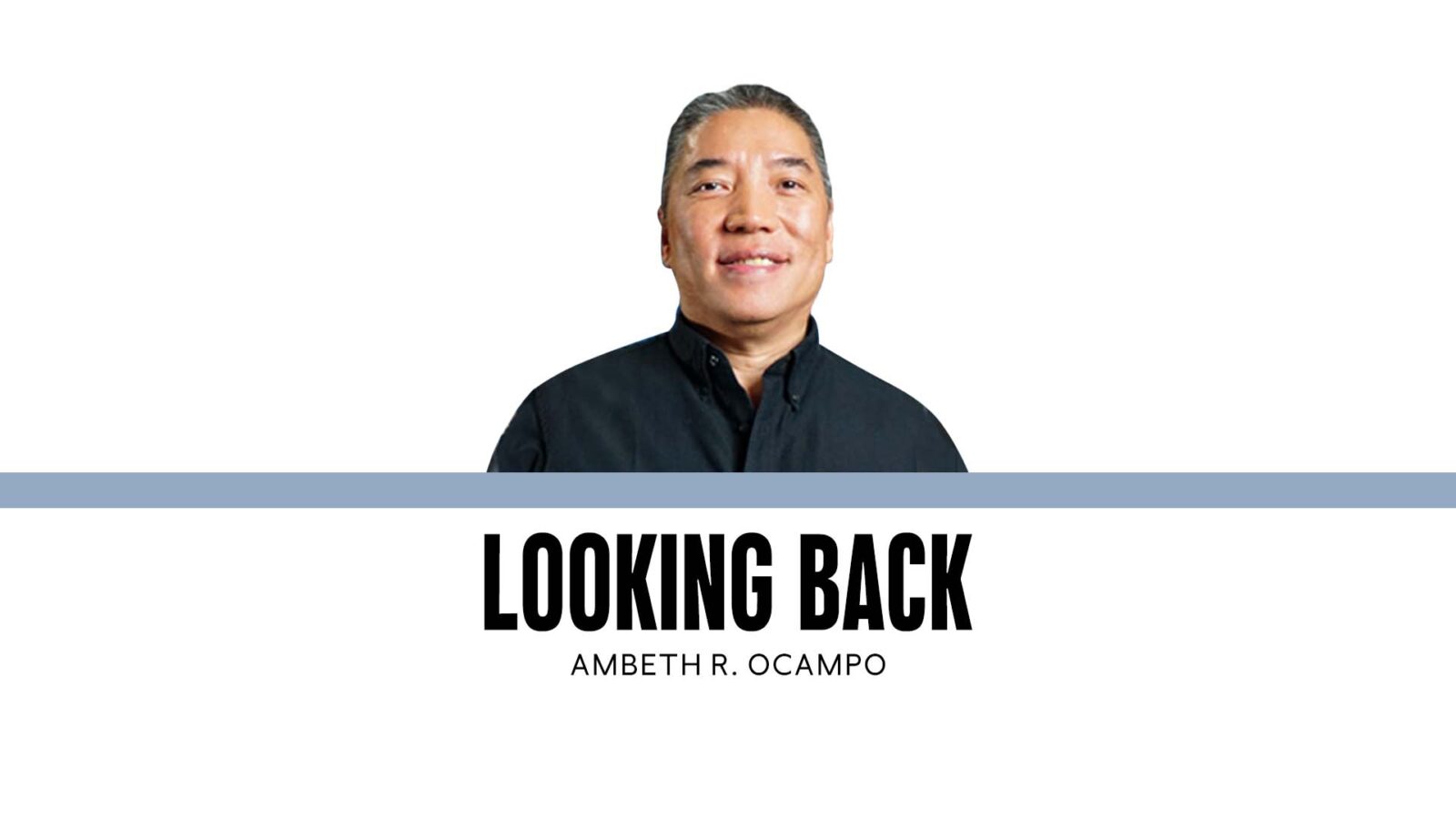
After my recent lectures in Canberra and Sydney, some remarked in jest, that I would be at a loss because Jose Rizal did not visit Australia. Rizal is not the end-all of my research, and I find Filipiniana everywhere. At the Australian War Memorial in Canberra, dedicated to casualties from World War I to more recent wars where Australians acted as peacekeeping forces, I found, etched in stone in one of the cloisters, the name “Philippines.” Aussies died in the Philippines in World War II. In a Salvation Army store in Sydney, in search of a lost Amorsolo, I found a 1950s doll in Filipiniana attire. A female figure in a floral terno made me presume that it originally came as a pair, but the man in the barong tagalog was missing.
Before I left Manila, I went over the online catalog of the National Library of Australia (NLA). I looked up the papers of the pioneering prehistorian of the Philippines, H. Otley Beyer, who gave generations of Filipinos the now-outdated “Waves of Migration Theory.” Beyer dated the Banaue Rice Terraces at over 2,000 years old, later corrected by Dr. Stephen Acabado, whose research gives an approximate date of about four centuries, or within the early Spanish period. Even though outdated, Beyer remains of interest to me because of the mountain of research he collected. He left 195 volumes of typescripts (mostly term papers of his UP students), mainly ethnographies from various parts of the Philippines, which provide a window into life in the early 20th century, and the changes brought into Philippine society by the American occupation. I have read and written columns using these papers on the balut industry in Pateros and the shoe industry in Marikina.
Acquired by the Australian National University in 1972, the collection also contains maps, photographs, and various publications now rare. While the Beyer ethnographic series is available in microfilm from the National Library of the Philippines and the UP Main Library, there is no substitute for actually handling the original materials. This is a personal sacrifice on my part, not just for time and effort, but because I am allergic to book dust. Can you imagine a historian allergic to the very source of his livelihood?
On my first day in the library, I asked to consult the microfilm, but the librarian suggested it was better and faster for me to consult the original documents. The boxes I requested took longer than usual to be retrieved from storage, and when the librarians checked on the online database, they gasped, “This is a rather large collection.” I told them a lot of the material had been lost during the war, and during the various times the collection was moved from one place to another. Part of Beyer’s collection of prehistoric stone implements and tektites was dispersed, and I saw some in antique stores in the 1980s. I had to return the next day to see the boxes.
While waiting for my Beyer material to be retrieved from storage, I searched the online catalog and looked up the papers of Alexander Dalrymple, who was in Manila during the British occupation from 1762 to 1764. From his letters, there was nothing on Manila or the Philippines, so I requested the auction catalog of Dalrymple’s “extensive and valuable library of books.” These were sold piece by piece in London from May 29, 1809, in a sale that ran for almost a month. On the first day alone, manuscript dictionaries of Tagalog and Kapampangan were sold. Two copies of the printed 1732 edition of the Augustinian Diego de Bergaño’s “Bocabulario de Pampango en Romace” were sold on the first and second days of the auction. On the fifth day, a “Vocabulario de la Lengua Bisaia” from 1637 went on the block. The NLA had three copies of the auction catalog, and I made the mistake of asking for the copy with penciled notes that turned out to be incomplete.
I hope to return another time to request the complete set because on the 27th day of the auction, “Unpublished Manuscripts” were sold. One section of these was devoted to items “Brought from Manilla” or rather part of the British pillage of Manila. From this list alone, I would want to see: “Various Letters,” the “Bucabula Rio (sic) Visaya,” a dictionary of Visaya; the “Iventarium Generale Libros Conventio Manilensis Philippinarum,” or the inventory of San Agustin Church in Intramuros; the “Libro de Gouverno,” or papers on the term of Hurtado (de Corcuera), governor general of the Philippines from 1635 to 1644; “Vocabulario Tagalo Español,” a dictionary compiled by a certain “Hortez” in 1726; “Papeles de Taagolos (sic)” or Papers on Tagalogs in three volumes; and 20 bundles simply marked “Varios,” or various papers. Finally, a bundle of various manuscripts that are described as, “from Manilla, very curious.”
These materials have been lying in plain sight, scattered in libraries throughout the world. Many have been located, digitized, and made available on the 1762 Archive website. Old materials that will provide new histories from younger historians.
—————-
Comments are welcome at ambeth.ocampo@inquirer.net
Ambeth is a Public Historian whose research covers 19th century Philippines: its art, culture, and the people who figure in the birth of the nation. Professor and former Chair, Department of History, Ateneo de Manila University, he writes a widely-read editorial page column for the Philippine Daily Inquirer, and has published over 30 books—the most recent being: Martial Law: Looking Back 15 (Anvil, 2021) and Yaman: History and Heritage in Philippine Money (Bangko Sentral ng Pilipinas, 2021).


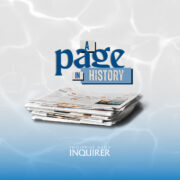
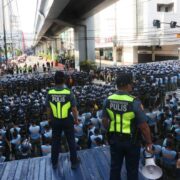
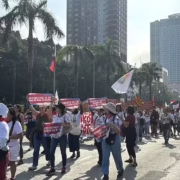

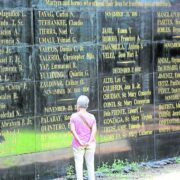
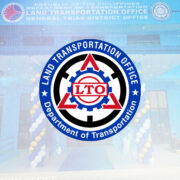
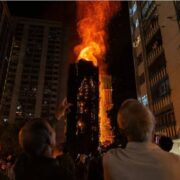
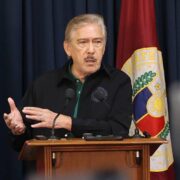
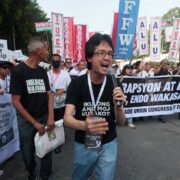
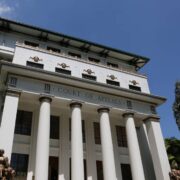

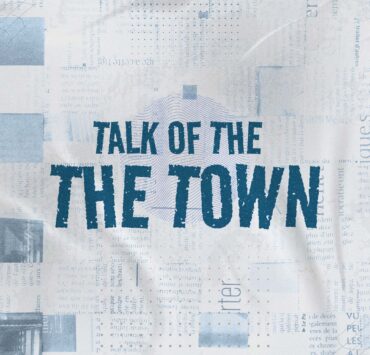

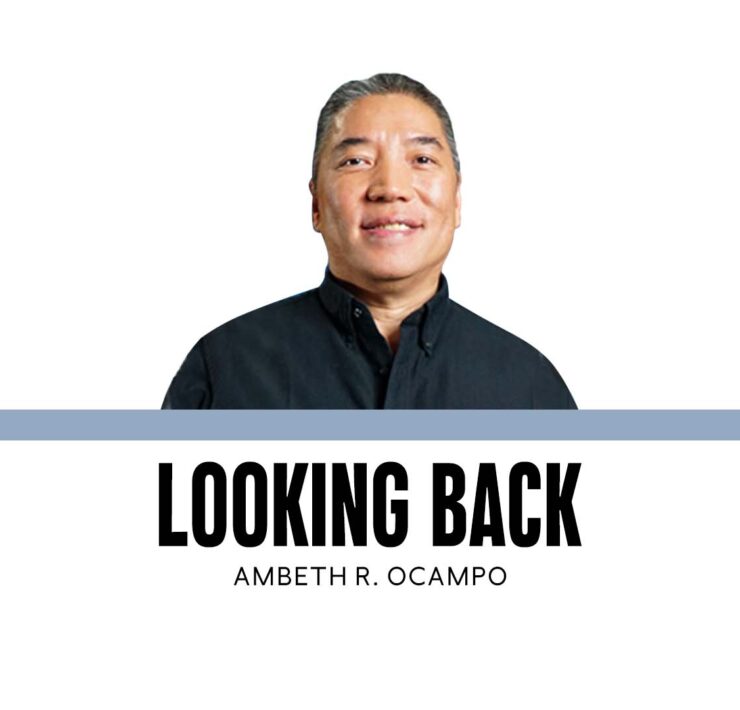


COP 30: The moment of truth